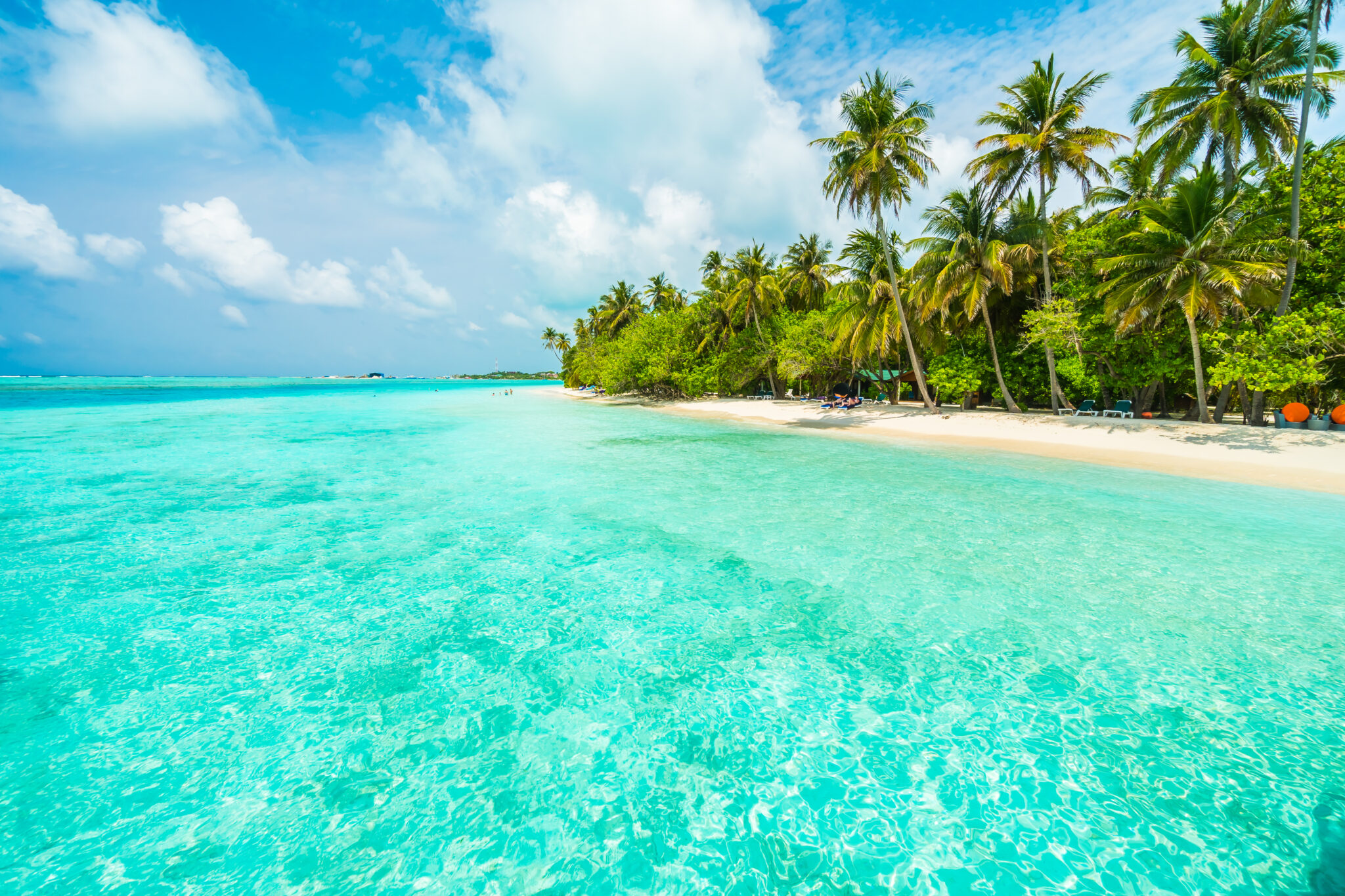Nestled in the Arabian Sea, off the southwestern coast of India, the Lakshadweep Islands are a breathtaking archipelago renowned for their pristine, white sandy beaches, crystal-clear turquoise waters, and vibrant marine life. This remote and idyllic destination is a tropical paradise that beckons Halal-friendly travelers in search of tranquility, natural beauty, and aquatic adventures. Beyond its natural wonders, the islands boast a rich Indo-Islamic cultural heritage, making it a destination for those seeking serenity, relaxation, and a glimpse into a culture intimately intertwined with the sea.
Comprising 36 coral atolls, only a few are inhabited and open to visitors with the required permits. Among these, Kavaratti, Agatti, Amini, Kadmat, Kiltan, Chetlat, Bitra, Andrott, Kalpeni, and Minicoy stand out, each surrounded by a beautiful reef that creates dazzling natural lagoons. With a population of just around 65,000 people, these islands are not only stunning but also remarkably unspoiled, surpassing even the allure of Mauritius, the Maldives, and other Indian Ocean islands.
The Islamic heritage of the Lakshadweep Islands dates back to the 7th century when Hazrat Sheikh Ubaidullah, an Arab saint from Medina and believed to be a relative of Hazrat Abu Bakr, played a significant role in spreading Islam in the region. Despite initial challenges, he successfully preached and established the Islamic faith in Lakshadweep. Today, approximately 96% of the total population in the Lakshadweep Islands are adherents of Islam, fostering a deep-rooted connection to Islamic traditions and culture.
Throughout the islands, you’ll find numerous ancient mosques that showcase breathtaking Indo-Islamic art and architectural styles. The Mohidden Mosque and Ujra Mosques are among the most striking, with the Ujra Mosque, built by Hazrat Sheikh Mohammad Kasim, boasting a 17th-century structure with an ornate ceiling, said to have been carved out of a single piece of driftwood. Adjacent to the mosque, a beautiful aquarium also serves as a museum and houses a variety of multi-colored fish species. On Minicoy Island, the Juma Masjid (Mosque) stands as a great historical and architectural treasure, constructed during the medieval period and holding a rich collection of rare artifacts.
The Lakshadweep Islands are renowned for their coral reefs, making them a haven for snorkelers and scuba divers. The underwater world here is teeming with colorful coral formations, exotic fish species, and other marine creatures. Strict regulations are in place to protect these fragile ecosystems, ensuring that Lakshadweep remains an unspoiled haven for marine enthusiasts. This destination isn’t just a natural wonder; it’s also a place for those seeking serenity, relaxation, and a glimpse into the great Indo-Islamic culture intertwined with the sea. It offers an opportunity to immerse in the beauty of its landscapes, the warmth of its people, and the wonders beneath its pristine waters. Whether you’re a beachcomber, a water sports enthusiast, or a seeker of solace, the Lakshadweep Islands promise a memorable and rejuvenating experience.

